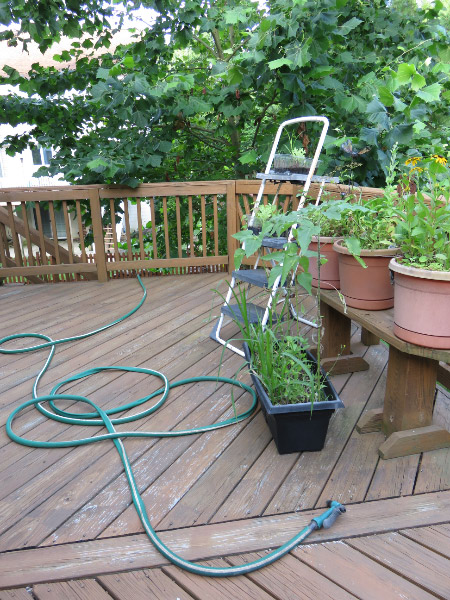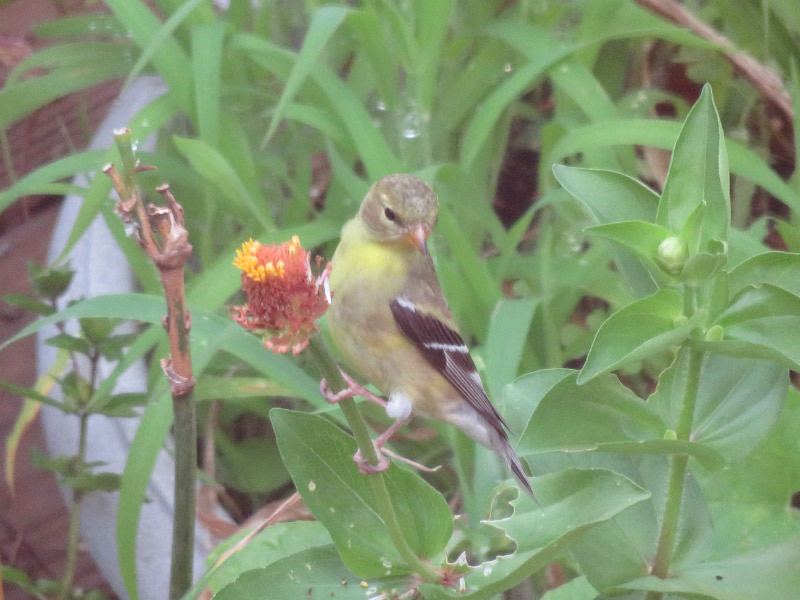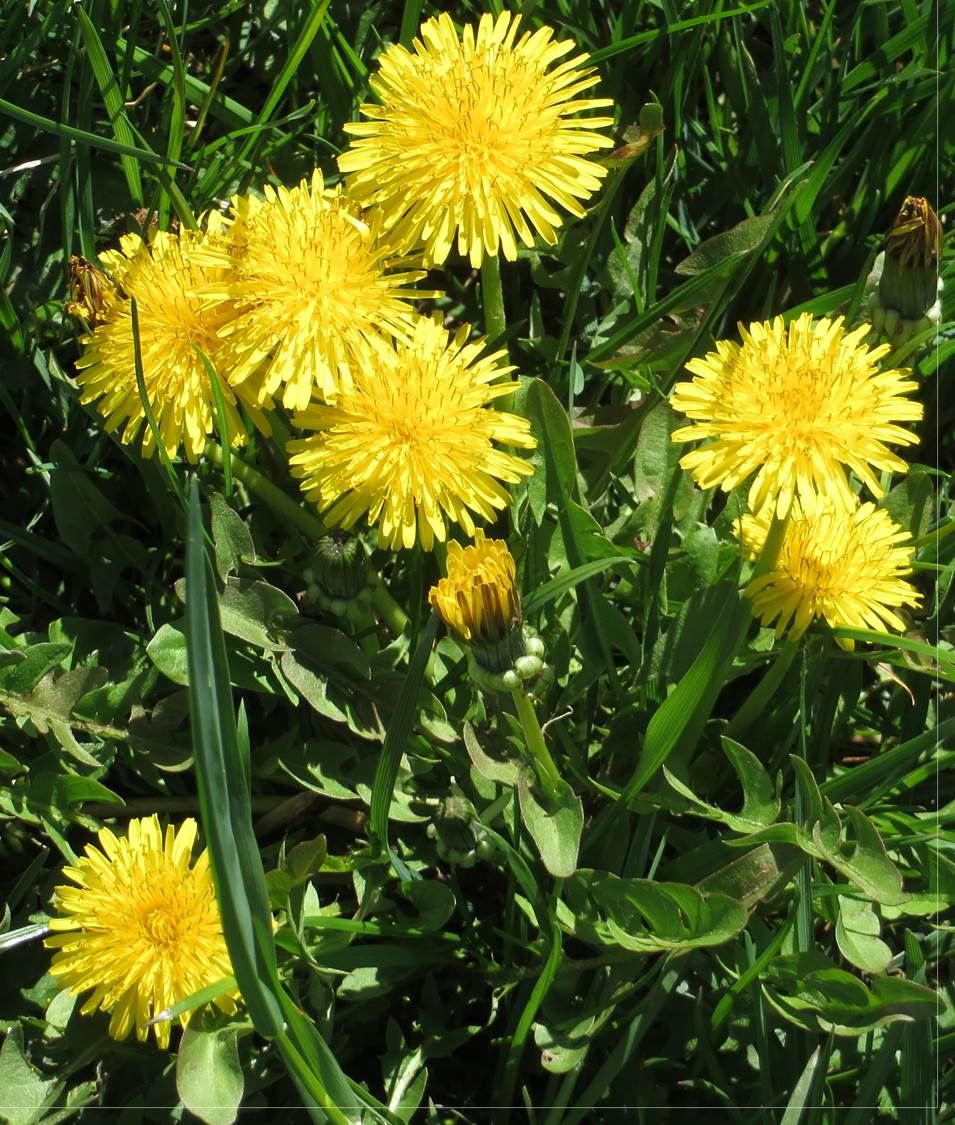Gleanings of the Week Ending September 17, 2016
/The items below were ‘the cream’ of the articles and websites I found this past week. Click on the light green text to look at the article.
Sensory Biology Around the Animal Kingdom – Beyond sight, smell, touch, taste and hearing.
A Variety of Ways for Students to Explore National Parks Online – Not just for students….these resources could be worth a look before traveling to a national park or helping to savor the visit after you return.
Proprioception: The Sense Within – The sense of position and movement of our limbs, the senses of muscle force and effect, and the sense of balance --- easy to take for granted, more important that you might think at first.
Six Snapshots of Geoscience Research from National Parks – Our National Parks highlight the value of these special places for more than recreation…they are often places uniquely suited to increasing our understanding of Earth.
Thanks to this man, airplanes don’t crash into mountains any more – Don Bateman’s terrain mapping device....a long development cycle.
Bumblebees Pick Infected Tomato Plants – And does this compensate to offset the costs of viral infection when it comes to seed production from the tomato plants?
The Flower Sense of Hawkmoths – Olfactory receptors in the proboscis….but what attracted mw to the article was the picture of the hawkmoth (made me think of my recent hummingbird moth observations).
Late boneset: A fragrant late-summer pollinator favorite – Thinking about late blooming plants that sustain pollinators into the fall. Late Boneset is one….goldenrod is another!
“Skeleton Flowers” Turn Beautifully Transparent in the Rain – Botanical eye candy from colder regions of Japan and China
The Value of Water in the Nebraska Sandhills – Water is valuable to every environmental niche on Earth…this blog post focuses on detailing water in one type of place. Water percolates down and into aquifers below the root zone of plants!






























